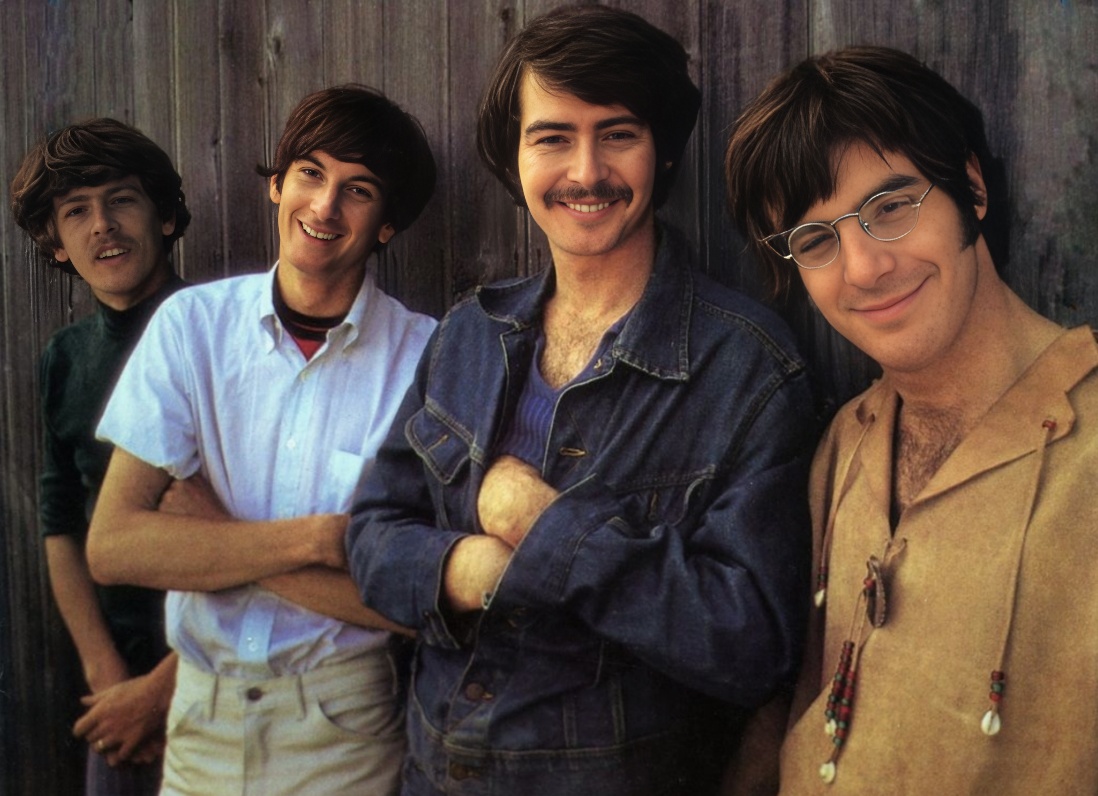
“Summer in the City” by The Lovin’ Spoonful, released in 1966, is an iconic anthem capturing the contrasting experiences of urban summer life. The Lovin’ Spoonful, a New York City-based band formed in 1965, was known for their blend of folk, rock, blues, and country, a unique sound that set them apart in the mid-60s music scene. Founded by John Sebastian and Steve Boone, the band quickly rose to fame with a string of hits like “Do You Believe in Magic” and “Daydream.” They were inducted into the Rock and Roll Hall of Fame in 2000, solidifying their lasting impact on popular music.
“Summer in the City” perfectly encapsulates the duality of the season. The song vividly paints a picture of the sweltering, oppressive heat of a city during the day, emphasizing the noise and the challenges of navigating urban life under the blazing sun. Then, it beautifully contrasts this with the relief and excitement that arrive with nightfall. The lyrics explore how the city transforms after dark, becoming a playground of opportunity for connection, romance, and freedom. The song’s meaning resonates deeply with anyone who has experienced the stark contrast of a city’s day and night, particularly during the intense heat of summer.
Upon its release, “Summer in the City” soared to the top of the Billboard Hot 100 chart, becoming The Lovin’ Spoonful’s only number-one hit. The song’s innovative use of sound effects, including car horns and jackhammers, contributed to its unique sonic landscape, immersing listeners in the urban environment. Audiences immediately connected with the song’s energy and relatable themes. Listeners praised its catchy melody, evocative lyrics, and the band’s ability to capture the spirit of a specific time and place. Even today, “Summer in the City” remains a beloved classic, evoking nostalgia and reminding us of the magic found within city life during the summer months.